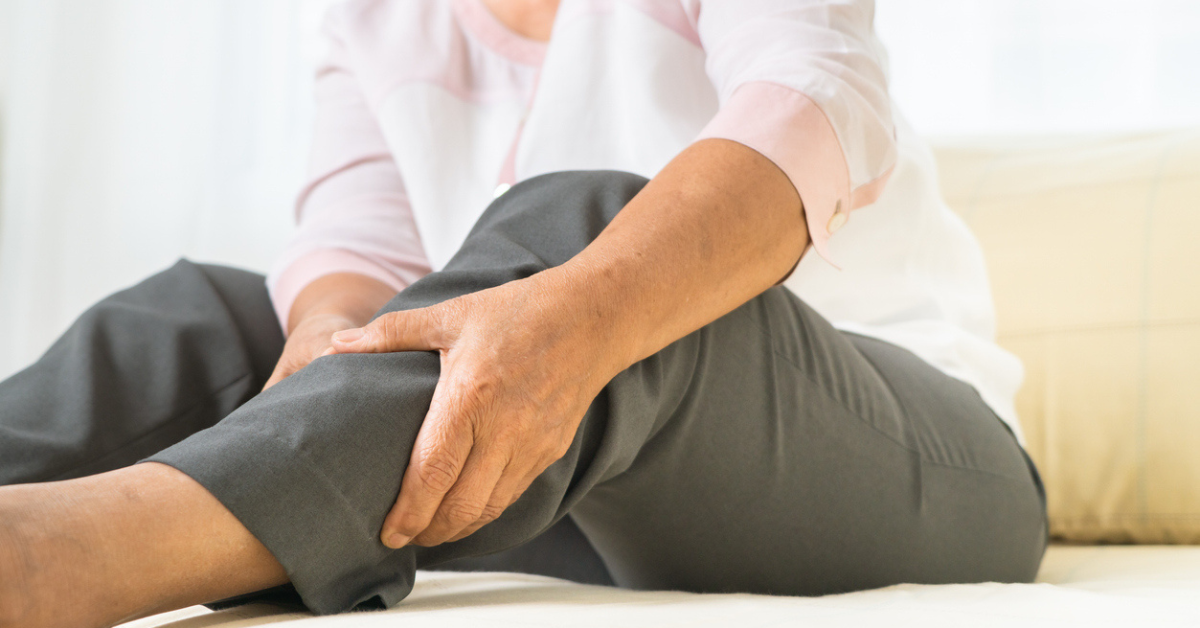Peripheral artery disease, or PAD, is caused by blockages that restrict the flow of blood through arteries in the legs and arms. Peripheral artery disease is usually a sign that fatty deposits are building up in your arteries, a condition known as atherosclerosis, and can have a significant impact on your overall health.
PAD blockages can result in circulatory problems that could lead to amputation if left untreated. While it can impact the arms, PAD mostly affects the legs.
Your risk of developing peripheral artery disease increases with age. It is more common in people 65 and older but can show up in younger people who have a family history of the disease or diabetes and one other risk factor for PAD, such as high blood pressure or high cholesterol. Smoking also is a risk factor. Peripheral artery disease is more common in African Americans.
The prevalence of peripheral artery disease in the general population could triple over the next 30 years, according to the American Heart Association.
“The prevention strategy for peripheral artery disease is very similar to what patients might do for heart disease,” says Dr. Amy Reed, a vascular surgeon at Tidelands Health. “That includes not smoking, managing your blood sugar, walking to improve blood flow and lowing your cholesterol.”
Symptoms
Peripheral artery disease often produces leg pain and cramping while walking short distances. The pain typically goes away when you rest. PAD also differs from pain associated with arthritis.
“You have to typically be moving to generate the aching or pain associated with peripheral artery disease,” Dr. Reed says.
Beyond leg pain, PAD produces other symptoms that you shouldn’t ignore, including sores on your feet that don’t heal or scabs on your toes that suddenly appear and don’t go away.
Diagnosing PAD can often be as simple as checking the blood pressure in your legs or, in some cases, your arms. Diagnosis can be trickier in women.
Peripheral artery disease, like coronary artery disease, can present differently in women than in men. Women may have minor to no pain or discomfort, or their pain may continue even when at rest.
In several studies, women were found to have higher rates of PAD despite fewer cardiovascular disease risk factors, compared to men.
Treatment
Peripheral artery disease is often treated by inserting a stent to open the affected artery.
“It’s so important for men and women to ask their primary care doctor about peripheral artery disease,” Dr. Reed says. “And if you do need treatment, often it is outpatient and doesn’t involve surgery.”

Dr. Amy Reed
Vascular surgeon at Tidelands Health
Bio
Board-certified vascular surgeon Dr. Amy Reed diagnoses and treats a variety of vascular conditions including carotid artery disease, aortic and peripheral aneurysms, hemodialysis access, peripheral artery disease, venous conditions and more. She performs procedures including stenting, bypasses, angioplasty and other interventions.
Learn MoreMedical Education
Education
University of Wisconsin Medical School
Residency
Brigham and Women’s Hospital, Harvard Medical School, General Surgery
Fellowship
Brigham and Women’s Hospital, Harvard Medical School, Vascular Surgery Mayo Clinic, Venous Surgery
Awards
Board certification
American Board of Vascular Surgery
Awards
Castle Connolly Top Doctor
Meet the Expert
Dr. Amy Reed
Board-certified vascular surgeon Dr. Amy Reed diagnoses and treats a variety of vascular conditions including carotid artery disease, aortic and peripheral aneurysms, hemodialysis access, peripheral artery disease, venous conditions and more. She performs procedures including stenting, bypasses, angioplasty and other interventions.






